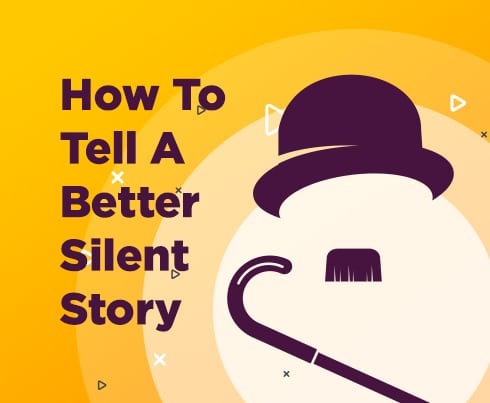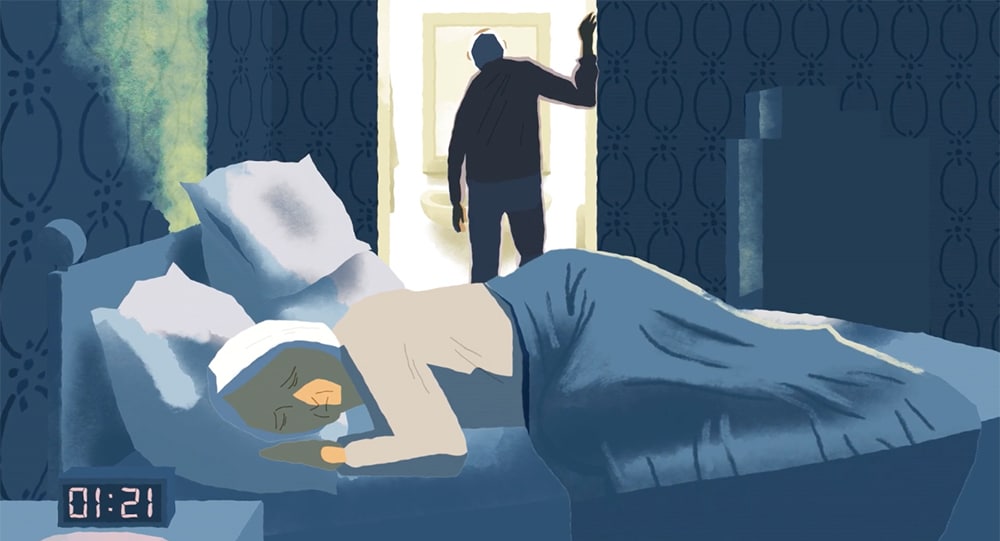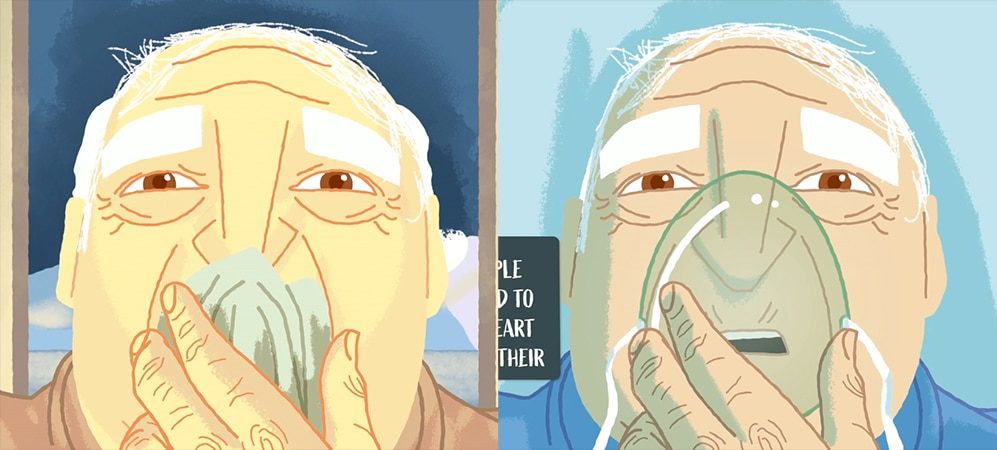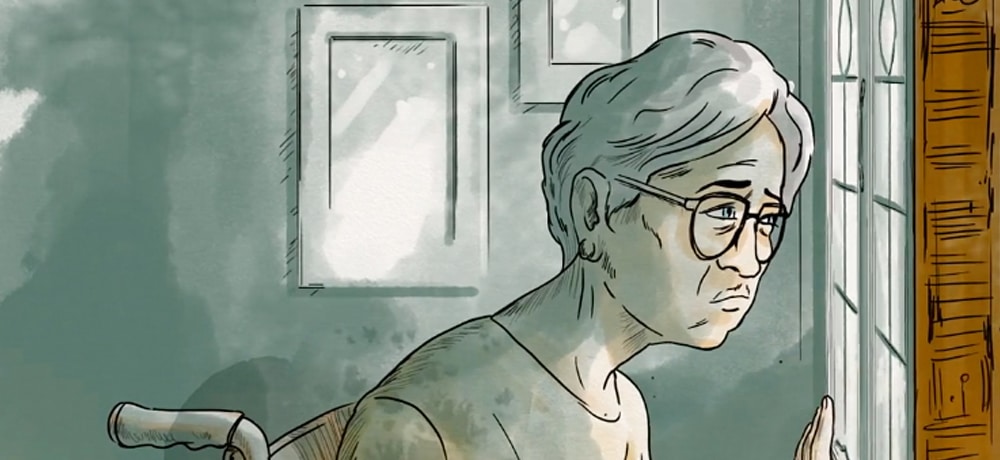They say a picture’s worth 1,000 words, which is incredibly helpful when telling a silent story. Whether it’s Charlie Chaplin in ‘The Great Dictator’, the Hollywood blockbuster ‘A Quiet Place’ or any number of successful graphic novels, they all need to tell a compelling story in isolation.
So why tell a silent story? Putting aside any obvious technical limitations, early film audiences didn’t want to slog through endless dialogue cards to discover the plot. So being able to tell a story visually was an essential skill. In modern film, there are far more compelling reasons for ensuring your story holds its own, in the absence of narration.
In this month’s GIG Insights, we’re going to explore just some of these reasons and examine what could be done to guarantee a successful, engaging silent story is told.
Why tell a silent story?
Silent storytelling techniques can help engage audiences from various cultures and languages due to the absence of any language-specific narration. Within these cultural or geographical demographics, audiences may also have low healthcare or medical literacy levels.
These people may not understand in-depth medical terminology, but would very easily engage with the emotional side of a story if it’s told well, especially if it’s affecting them.
Whether through animation or live-action filming, below are some tips and tricks to help your silent story succeed in reaching these people in need.
Set the scene.
In lieu of any narration, background elements in your animation or film can serve as important clues to the story’s mood or how a character is feeling.
Whether it’s the obvious dark, ominous clouds looming over the protagonist or an untidy scene littered with rubbish, you can quickly provide visual clues regarding the story’s mood.
If you were to put into writing all of these descriptive elements, it might be classed as over-descriptive. However, adding them as visual background elements lets the audience’s imagination set the tone.
Work on your transitions.
In any silent story, switching between scenes is always tricky, as there will be few clues about where the narrative is going. Finding clever ways to transition between locations, events, or scenes is vital in helping to create a steady flow.
In the example below, we needed to demonstrate how the character’s condition was worsening. We found common movements and gestures from both scenes and used those to blend the animation seamlessly.
Utilise subtext and gestures.
Being able to read a scene visually is essential, and you may be tempted to do this through grandiose movements or actions. However, sometimes with the furrowing of a brow or the curl of a lip, less may be more effective in telling the audience what lurks below the surface.
Express emotion.
It’s vital to get into your character’s shoes. Consider what they’re feeling and how that could be communicated on film. How could you portray frustration, confusion or sadness? The obvious answer is to focus on your character’s expressions and body language, as well as that of the people around them. Another effective tool is through the use of colour.
Blue tones tend to be used if a character feels calm and happy. However, if depressed or worried, expect to use darker, more ominous colours.
Fancy seeing some examples?
Hopefully, we’ve given you some good examples of how and why silent stories could help tell your healthcare story. However, as we’ve already covered, a picture paints a thousand words.
Below are two real-world examples of how GIG successfully told silent stories for our clients.
If you’ve any questions about the films or want our support in telling your healthcare story, don’t hesitate to email or call us today.






